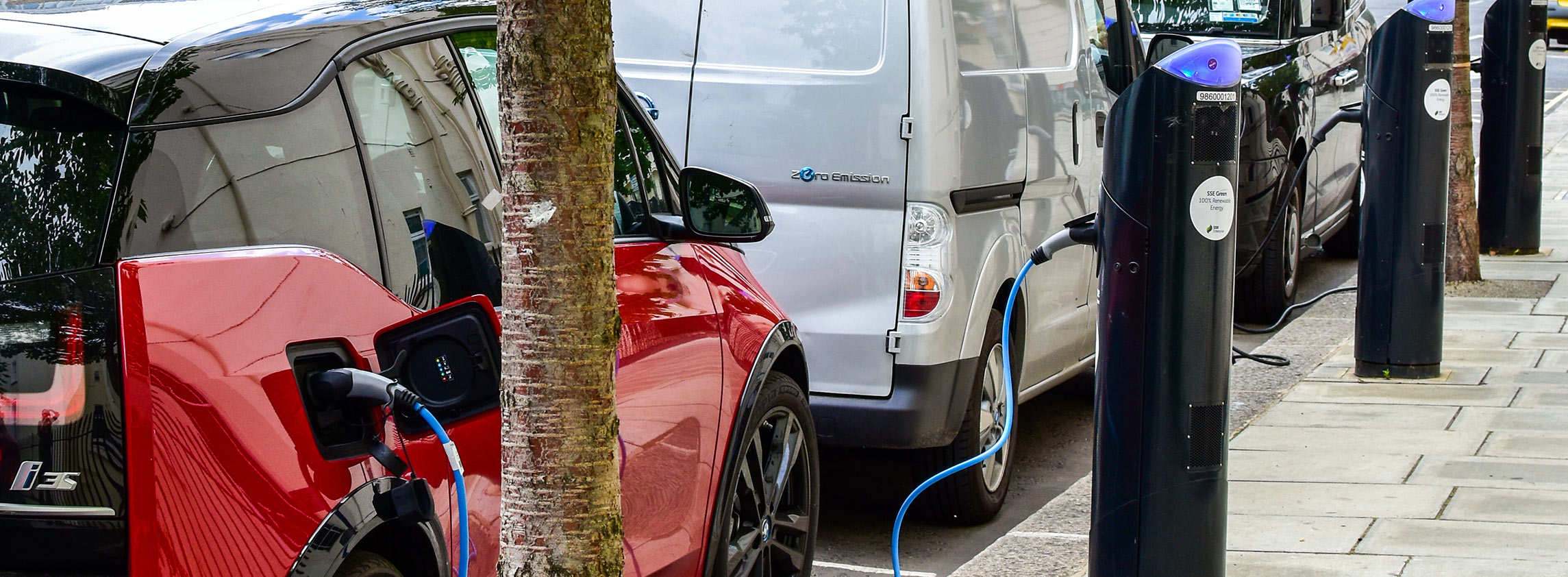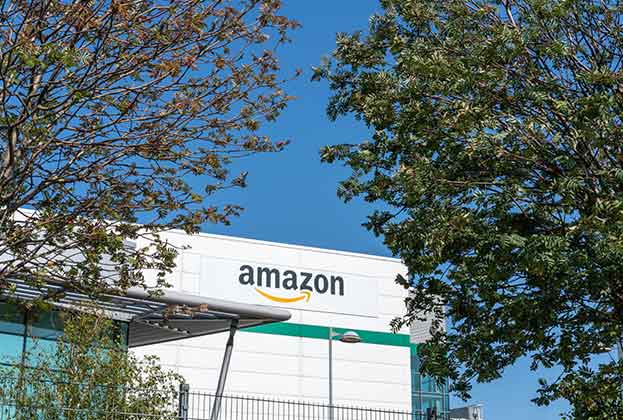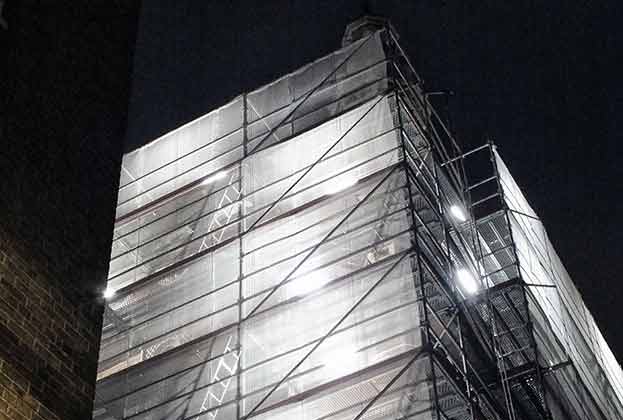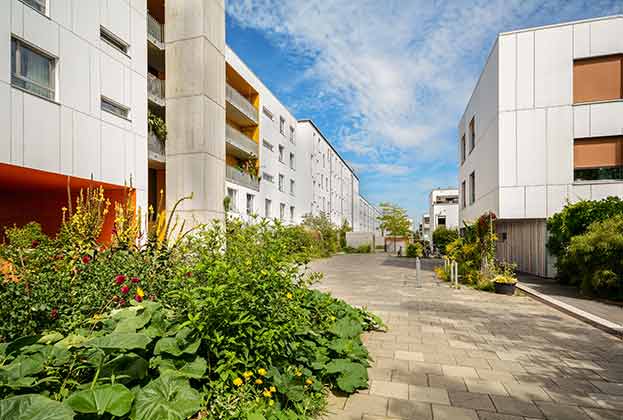In order to achieve net zero by 2050, the UK needs to not only embrace Ultra Low Emission Vehicles wholeheartedly, but also look at other modes of public transport
Transport as a sector now exceeds energy as the biggest emitter of carbon. One of the building blocks to reaching net zero by 2050 will, therefore, be the phasing out of petrol and diesel vehicles, with the UK government committed to all new cars being Ultra Low Emission Vehicles (ULEVs) by 2030. It is estimated that 80% of vehicles on the road will be electric by 2040.
Last year was significant in seeing the number of new registrations of ULEVs double to the end of September 2020. However, they still account for less than 1% of all existing vehicle registrations. Despite lower running costs, the additional cost of production means a lot of those vehicles are targeted at the top end of the car market, while those produced by non-luxury brands still carry a significant up-front premium compared with their more traditional equivalents.
Our research shows that on average, levels of private ownership of electric vehicles and hybrids in local authorities with an average house price of over £500,000 are more than four times those seen in the local authorities where the average price is under £200,000. Having a charging facility at home is also a challenge for some. The English Housing Survey tells us that 33% of dwellings do not have a garage or off-road parking facilities, rising to 63% in urban and city centres. The availability of three-phase electricity needed for EV charging (and heat pump) installation is an issue in rural and remote places.
How then do we get from a position where the electric car is the preserve of the wealthy to one where we have widespread adoption?
Much is made of the need for a widespread public charging infrastructure and it is estimated that 35,000 charge points need to be installed per year in this decade. Generally, the growth in the provision of these facilities has gone hand in hand with the rise in vehicle registrations.
Across the country as a whole there are 7.5 ULEVs for every public charging point. But there are significant local and regional disparities. London sits alone in terms of having relatively high rates of ULEV registrations and a relatively high number of public charging facilities.
London sits alone in terms of having relatively high rates of ULEV registrations and a relatively high number of public charging facilities
Lucian Cook, Head of Residential Research, Savills Research
Providing the locations for these much-needed charging points is a problem the real estate community can help solve. Investors, developers and landowners need to establish charging points alongside hotels, offices, petrol stations, retail parks, supermarkets and new residential developments. They should ensure they have grid availability early on and the infrastructure to suffice or develop alternative solutions such as on-site renewable energy generation.
Even with a greater uptake of ULEVs, there remain residual issues with the use of cars, not least that they still generate air pollution from tyre particles and dust from brakes. Part of the solution, therefore, needs to be to get people out of their cars altogether. For the committed enthusiast, there are 'active forms' of travel such as walking and cycling. Increases in these modes challenge town planners and transport engineers, who need to dedicate more road space to those rather than car users.
Additionally, however, to achieve the level of transfer out of cars that is required, our public transport systems need more capacity and to be priced as an attractive alternative to other modes. Progress has begun as the government recently launched their £3bn plan to make buses across the country cheaper and easier to use.
Read the other articles within Spotlight: Property and Carbon – April 2021 below









